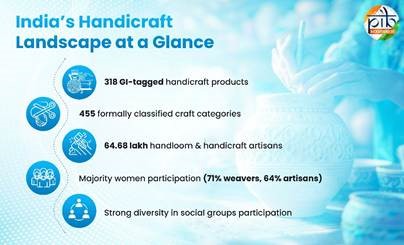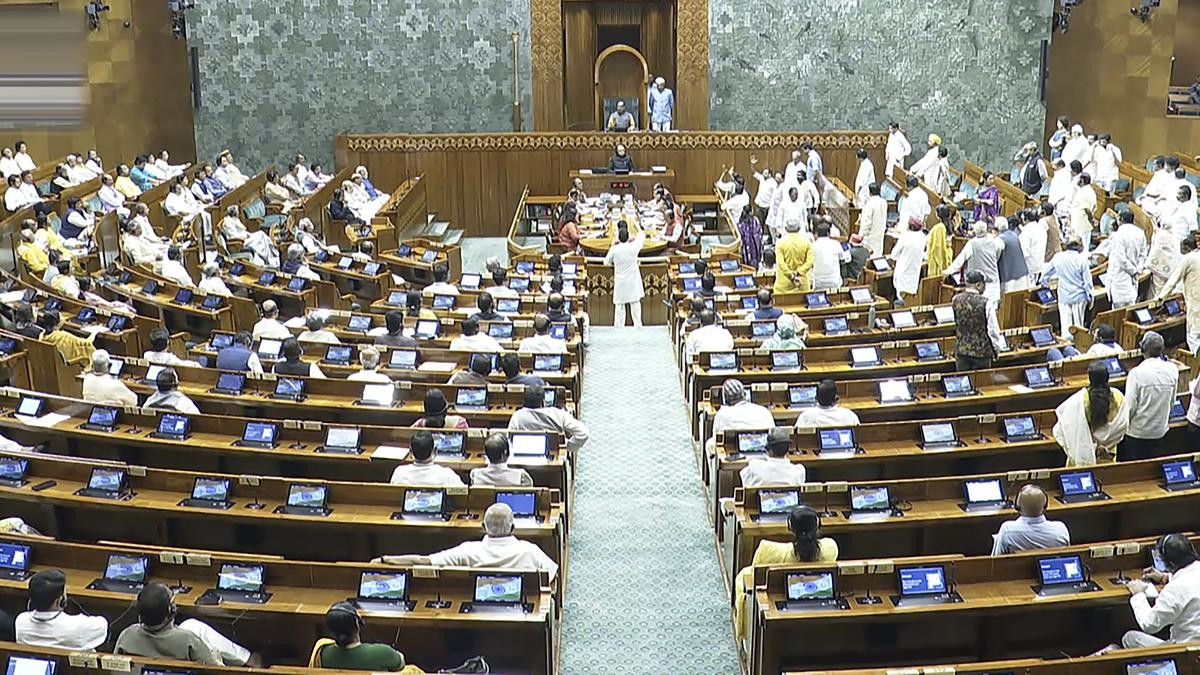Copyright infringement not intended
Picture Courtesy: Indian Express
Context:
India has repeatedly opposed unilateral economic sanctions, such as those imposed by the United States. However, US recently sanctioned Russian energy majors Rosneft and Lukoil, which together supply a large portion of India’s Russian crude imports. This development has raised concerns about the impact of secondary sanctions on Indian refiners.
What are Secondary Sanctions?
- Primary sanctions restrict or prohibit American citizens and companies from doing business with targeted entities (like Rosneft and Lukoil).
- Secondary sanctions, however, extend these restrictions to non-US entities — countries or companies that have no legal connection to the US — by threatening to cut them off from the American financial system if they continue dealing with sanctioned entities.
Why secondary sanctions matter?
The US dollar remains the world’s main trade and reserve currency. As a result, any refiner or bank engaged in international trade depends heavily on the US banking and payment system. Losing access could cripple their ability to raise funds, pay suppliers, or conduct global business.
According to the Atlantic Council, the US Treasury’s latest warning about potential secondary sanctions could have an immediate chilling effect on major importers like India and Turkey, prompting refiners to cut back Russian oil purchases.
Current Status:
- India’s refiners are very exposed to the US financial system (via dollar-denominated bonds, US business ties, banking access). So, the threat of secondary sanctions remains a powerful deterrent.
- One Indian refiner, has publicly announced it has stopped buying Russian crude oil in response to the recent US/EU/UK sanctions.
- Although supplies from Russia have thus far continued, analysts estimate that the import bill for India may rise by about US $2.7 billion due to the need to shift away from discounted Russian crude.
Multi-dimensional impact of US secondary sanctions on Indian oil imports:
Economic Impact
- Rising Import Costs: Russia has been offering heavily discounted crude oil since 2022, helping India save billions in its import bill.
- Inflationary Pressure: Higher crude costs may feed into domestic fuel prices, affecting inflation and consumer spending.
Financial and Corporate Exposure
- Dependence on US Financial System: Most Indian refiners rely on US dollar-denominated trade and have deep financial linkages with American institutions.
- Business Risk for Major Companies: Reliance Industries and other refiners have subsidiaries, bonds, and investments in the US. To protect these interests, they are expected to fully comply with the sanctions, even if that means losing access to cheap Russian oil.
Diplomatic and Geopolitical Impact
- Strained Balance Between the US and Russia: India has maintained strategic neutrality since the Russia–Ukraine conflict, continuing to buy Russian oil while deepening ties with the US.
- Global Perception and Strategic Autonomy: Complying with US sanctions might be seen as eroding India’s independent foreign policy stance.
Energy Security Concerns
- Supply Diversification Challenge: Russian crude now accounts for over one-third of India’s total imports. Losing this supply suddenly could stress India’s energy security.
- Shipping and Insurance Risks: US sanctions can also target shipping firms, insurers, and traders involved in transporting Russian oil.
Banking and Trade Implications
- Payment Complications: Indian refiners pay for crude mostly in US dollars, clearing through global banks with US exposure.
- Third-Party Trading Under Pressure: Some refiners may try to buy Russian-origin crude from non-sanctioned intermediaries, but these channels could soon face tight compliance checks or fresh sanctions.
Domestic Policy and Market Adjustments
- Government’s Balancing Role: The Indian government continues to emphasize energy affordability and national interest — stating it will buy oil “from wherever it gets the best deal.”
- Shift Toward Renewable and Alternative Sources: The crisis may accelerate India’s diversification of energy sources, including renewable energy, LNG, and long-term crude contracts with non-sanctioned suppliers.
Government measures to deal with such situation:
- Expanding Supply Network: India is seeking to diversify its oil imports to reduce dependence on any single country. Refiners are increasing purchases from Iraq, Saudi Arabia, UAE, Kuwait, and West African nations.
- Strategic Petroleum Reserves (SPRs): The government is expanding strategic oil reserves to cover potential supply disruptions. New storage sites are being developed in Padur, Chandikhol, and Rajkot to increase India’s reserve capacity from 5 to about 16 million tonnes.
- Encouraging Domestic Production: Through the Open Acreage Licensing Policy (OALP) and Discovered Small Fields (DSF) rounds, India aims to boost domestic crude output and reduce import dependence.
- Alternative Payment Arrangements: India is exploring non-dollar payment options — including settlements in Indian Rupees, UAE Dirhams, or Chinese Yuan — to reduce exposure to the US financial system.
- Coordination with Allies and Partners: India is also engaging with countries like Japan, South Korea, and members of ASEAN, which share similar concerns about unilateral sanctions, to explore collective approaches in energy diplomacy.
- Accelerating Green Transition: To reduce long-term vulnerability to oil shocks, the government is investing heavily in renewables — particularly solar, wind, and green hydrogen. Programs like PM-KUSUM and the National Green Hydrogen Mission aim to make India a leader in clean energy and reduce fossil fuel dependence.
- Boosting Biofuels and Electric Mobility: The government is pushing for 20% ethanol blending in petrol by 2025 and expanding electric vehicle (EV) adoption under the FAME scheme.
Way Forward:
- Diversify Energy Sources: Reduce dependence on Russian oil by increasing imports from Middle East, Africa, and Latin America.
- Strengthen Financial Resilience: Promote non-dollar trade settlements (Rupee, Dirham, Yuan) through bilateral currency mechanisms.
- Expand Strategic Oil Reserves: Increase strategic petroleum reserve (SPR) capacity to cover 25–30 days of imports. Encourage public-private partnerships for building and managing new storage facilities.
- Boost Domestic Oil Production: Accelerate exploration and production under OALP and DSF policies.
- Maintain Diplomatic Balance: Continue dialogue with the US for flexibility or exemptions in sanctions.
- Accelerate Renewable and Green Energy: Expand solar, wind, and green hydrogen projects to reduce oil dependence. Promote biofuels and electric mobility under national clean energy missions.
- Encourage Technology and Innovation: Use digital tools and AI for risk monitoring and energy forecasting.
Conclusion:
India stands at a critical juncture where energy security, economic stability, and foreign policy autonomy intersect.
The US secondary sanctions on Russian oil have exposed the risks of overdependence on any single energy source and the vulnerabilities of a dollar-dominated trade system.
By combining strategic foresight, financial innovation, and sustainable energy transition, India can safeguard its economy against external shocks while reinforcing its status as an independent and resilient global energy player.
Source: Indian Express
|
Practice Question
Q. Explain the concept of US secondary sanctions. How could these sanctions affect India’s crude oil imports from Russia? (150 words)
|
Frequently Asked Questions (FAQs)
Secondary sanctions are measures by the US that target non-US entities (like companies or countries) that do business with US-sanctioned entities.
They aim to discourage global trade with sanctioned nations by threatening to cut off access to the US financial system.
- Primary sanctions apply directly to US citizens, companies, and territories.
- Secondary sanctions apply indirectly to foreign entities, even if they are outside US jurisdiction, making them extraterritorial in nature.
India buys a large share of its crude oil from Russia, mainly from Rosneft and Lukoil, which are now under US sanctions.
Even though India hasn’t sanctioned Russia, its refiners and banks fear secondary sanctions, as they depend on US dollars and global financial systems.











